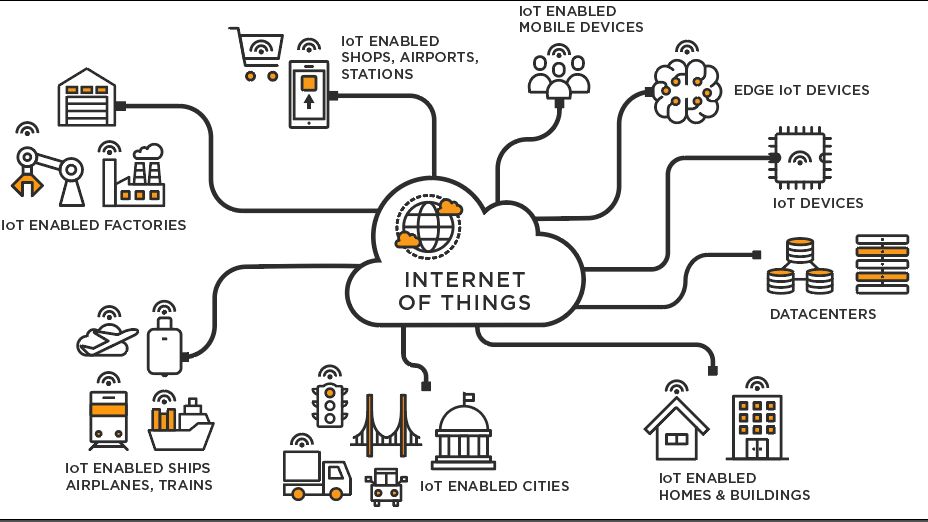At the recent CES 2023 event in Las Vegas, IoT was a hot topic, with companies showcasing smart devices ranging from cars to home devices. According to McKinsey, more than 43 billion IoT devices will be connected to the Internet in 2023, a threefold increase from 2018. Trends contributing to the growth of connected devices include smart city initiatives, lower-cost sensor technology, increased cloud adoption, and emerging 5G technology.

So what is IoT? IoT, or the Internet of Things, describes the network of devices connected to the Internet and the technology that enables communication between devices and the cloud. Devices are often embedded with sensors, software, and other technologies that allow them to connect and exchange data over the internet. Increasingly, many everyday devices like kitchen appliances, televisions, lights, and thermostats are connected to the internet, allowing users more capabilities and customization. Other common examples of IoT include wearable devices like the Fitbit or Apple Watch, AI voice assistants like Alexa, smart cars, and even smart cities. As the IoT industry continues to grow, certain applications are expected to trend:
Security
Investment in smart security solutions has been steadily growing, with the smart home security market set to hit $4.6B by 2027, according to BusinessWire. Examples include smart doors, windows, locks, cameras, and other devices that help homeowners remain safe. As this market grows, increased regulation is becoming necessary, with the White House National Security Council stating hopes to standardize security labeling for consumer IoT device manufacturers.
Healthcare
Another growing area in the IoT space is healthcare, with the market expected to reach $332.7B by 2027. Driving this investment is increased data collection, maintenance and monitoring of electronic health records, and research data analysis. This trend is expected to continue, especially as healthcare data continues to explode in quantity. In fact, approximately 30% of the world’s data is being generated by the healthcare industry, a share that is expected to reach 26% by 2030. Consumer wearables ranging from smart rings measuring sleep quality to adhesive patches monitoring heart metrics are contributing to this sharp uptick in healthcare data, with the US smart wearable market expected to grow 25% year-over-year according to Insider Intelligence. Wearable devices have also drawn the attention of regulators, with the EU expected to introduce more robust legislation in 2023 to regulate the collection, storage, and handling of consumer data by smart device manufacturers.
Artificial Intelligence
The number of AI applications for IoT has also been steadily increasing. This is unsurprising, given that the more data is generated by smart devices, the greater the need is for machine learning to quickly and accurately identify patterns and detect anomalies. One example of an AI application for IoT is improved natural language processing (NLP). NLP technology allows humans to easily speak with machines, typically through hands-free voice interfaces like the Google Home or Amazon Echo. Improvements in NLP allow for greater capabilities like localization, creative translation, and sentiment analysis. As AI improves, IoT devices will continue to benefit from these improvements in technology.
